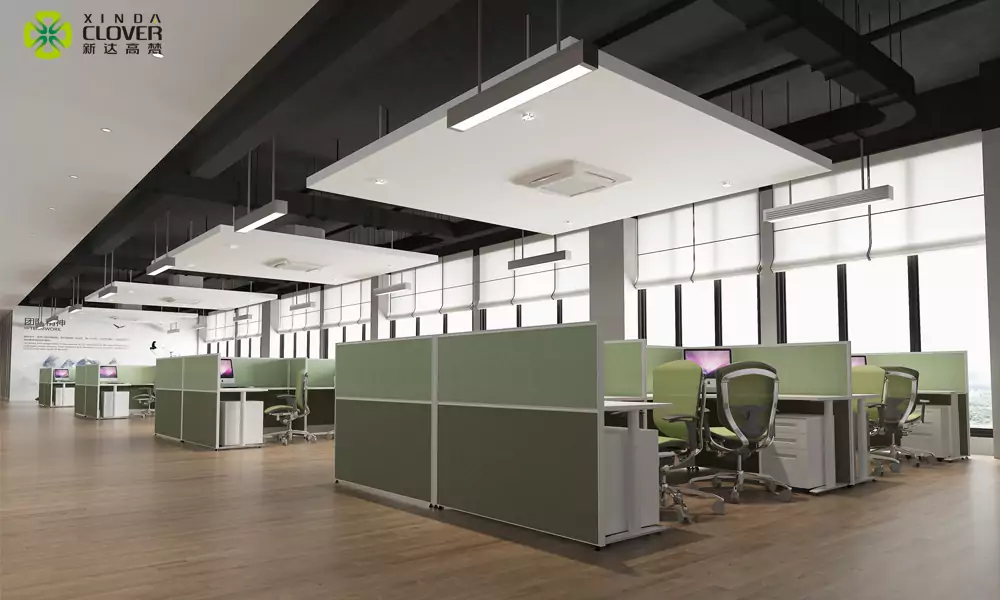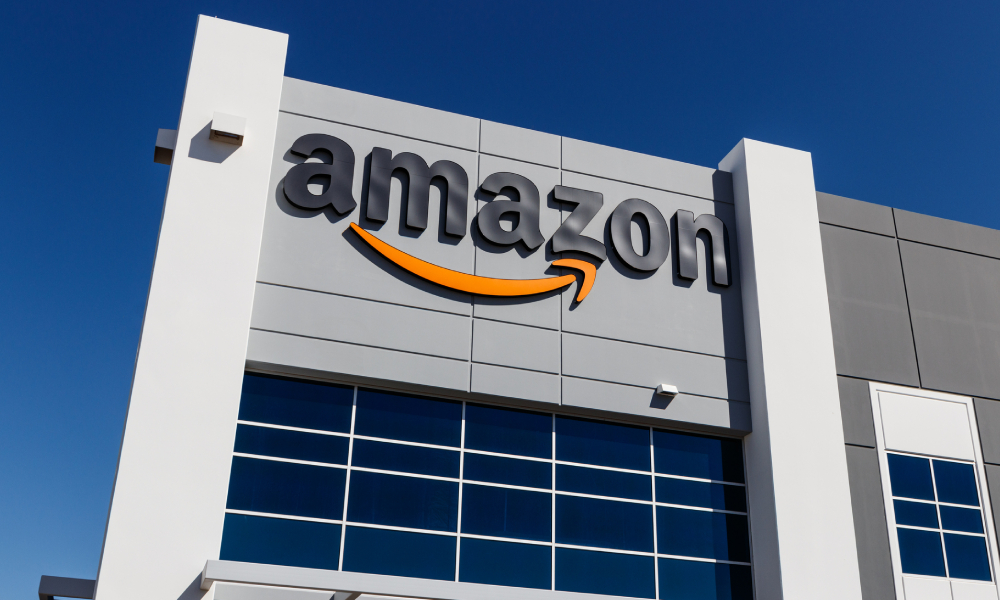For a business, the proper location for an office has always been vital. Conventional wisdom that relies on gut feeling and inadequate research is becoming outdated. Office site recommendations are shifting to be more data-driven, customized, and strategic as technology and workplace expectations change. This change is driven by bettering expenditures, luring and keeping employees, and establishing a cooperative and productive workplace.
Let’s look at the main developments and trends influencing this interesting new ground.
Smart decisions: the secret is data analytics
Stories and real estate agents are insufficient these days. Choice of office location depends more and more on data analytics. Advanced technology may examine social media sentiment, transit infrastructure, economic considerations, competitor sites, and demography. This enables companies to choose based on data and locate potential venues. With op사이트 순위, it is possible. For example, companies may search for locations with a significant industry-relevant talent pool using demographic data to guarantee a constant flow of qualified candidates. Examining mobility patterns may also help to identify areas where staff members and clients can quickly reach, therefore lowering travel times and convenience. For companies, data may significantly reduce site choosing risks and maximize investment.
Flexibility and hybrid work: rearranging priorities for location
Flexible and hybrid work patterns are altering the demands for an office space. Businesses want flexible, team-based desks. Select co-working areas, flexible lease terms, and sites with hybrid workforce incentives. Smaller, central offices allow companies to coordinate dispersed employees. Public transport should be able to reach these hubs, which should have quiet areas for focused work and team gathering places. More companies are adding on-site gyms, nurseries, and cafés to provide attractive and handy work surroundings that draw employees. Companies are purposefully setting smaller offices in many locations rather than large, central headquarters in order to fit their diverse staff.
Incorporating healthy and green areas
Choosing an office site now heavily relies on sustainability and wellness. Businesses are building healthy and eco-friendly offices to draw in and keep employees, save running costs, and improve brand reputation. Preferred are placements with green spaces, natural light, and premium air filtration. Moreover, other green buildings like LEED-certified ones are looking more appealing. Companies also want public transport and bike lanes to help staff members be healthier.
Future is flexible, human-centered, and data-driven
Future workplace site ideas will be data-driven, flexible, and human-centric. Using data analytics, artificial intelligence, and machine learning, companies may choose sites more deliberately. Flexible and hybrid work models call for creative site choosing strategies that give employee needs top priority. The rising awareness of the requirement of healthy, environmentally friendly workplaces shows in the more attention on sustainability and wellbeing.





